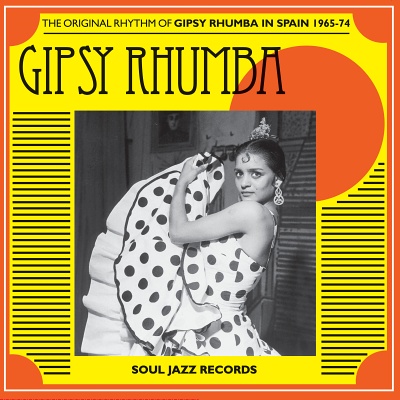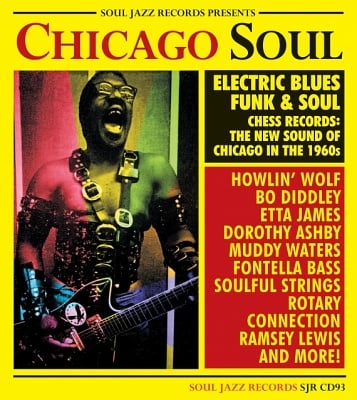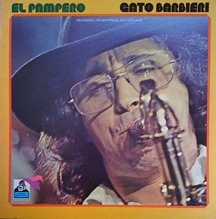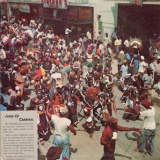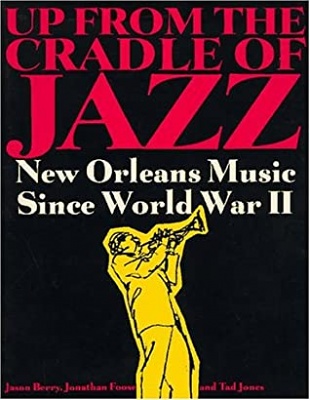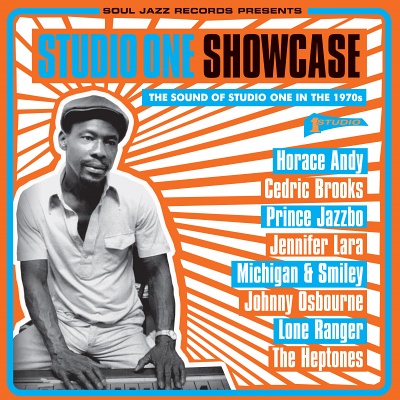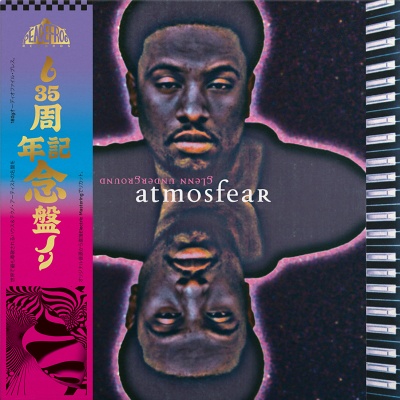
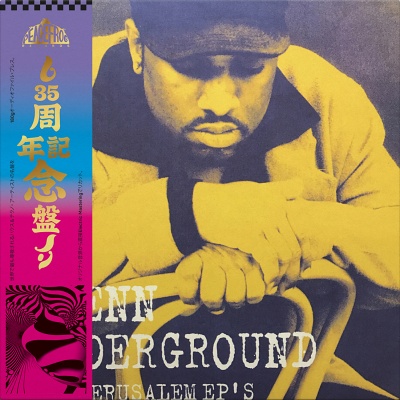
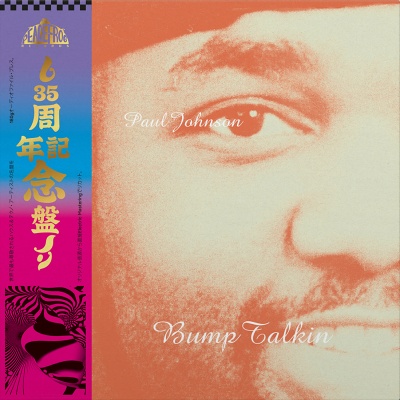
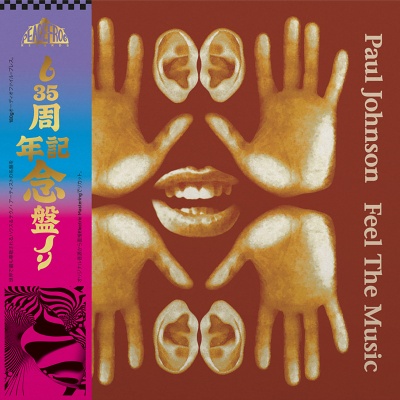

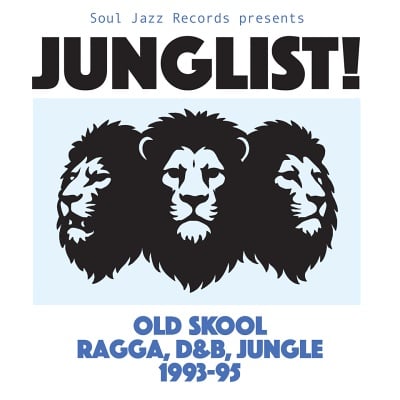
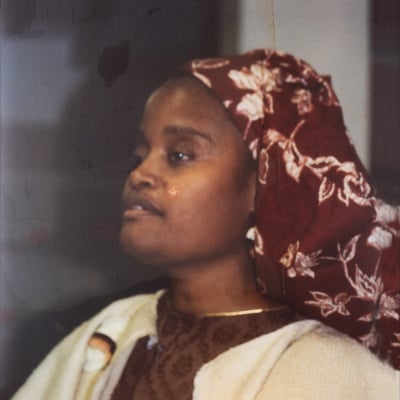


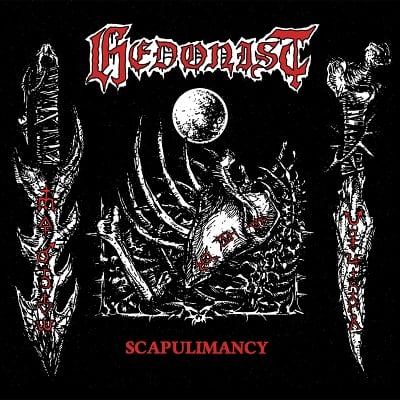
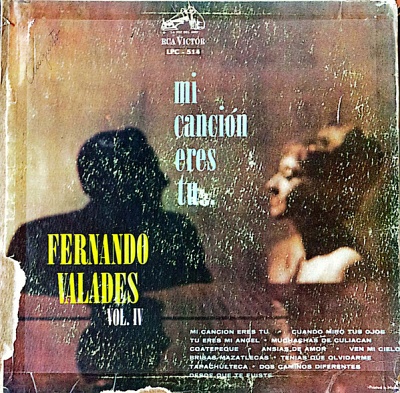
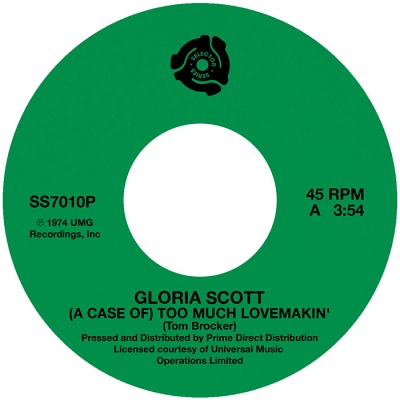



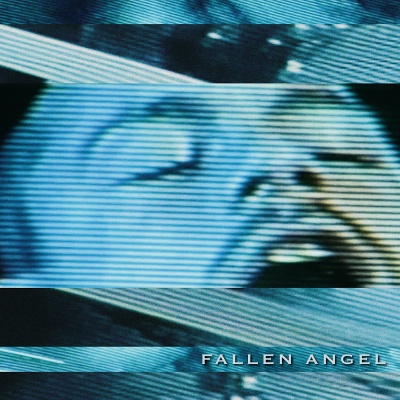


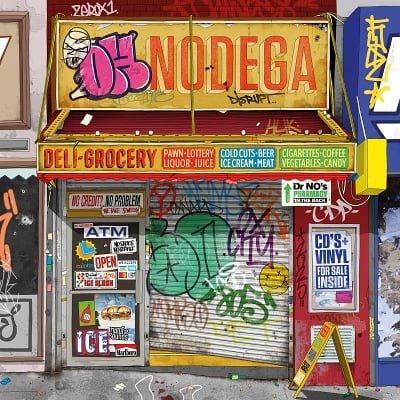


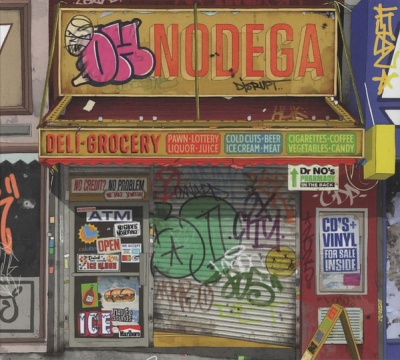
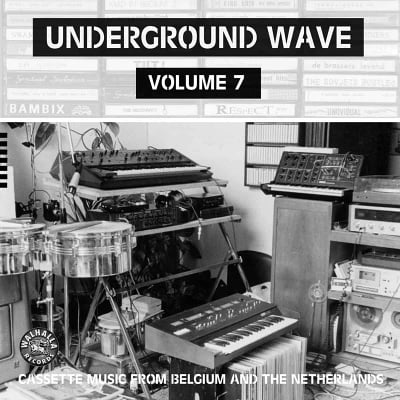
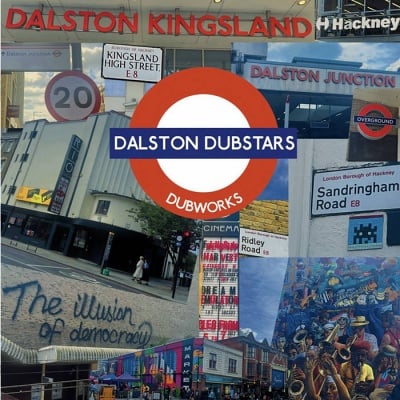
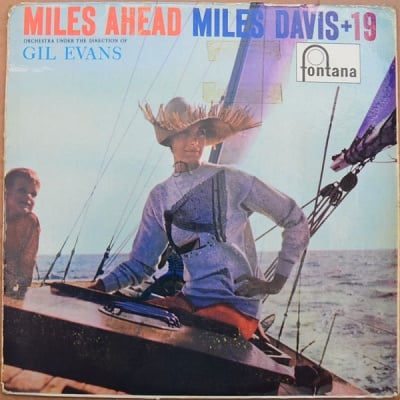
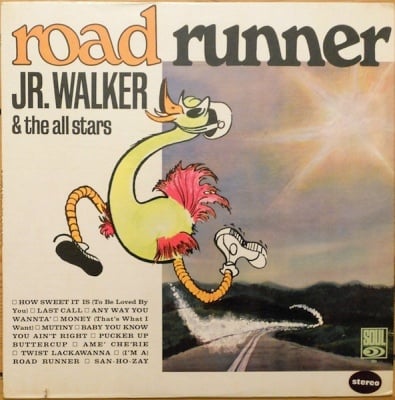
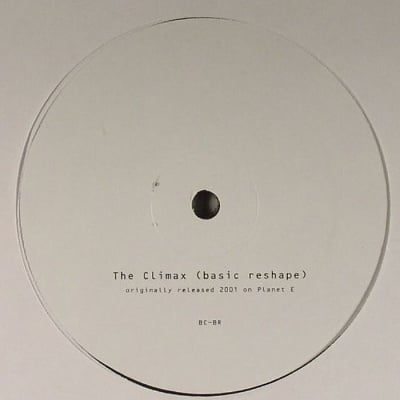
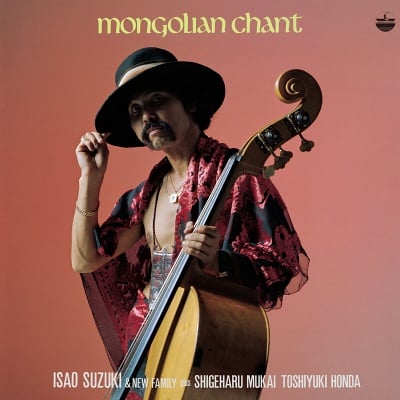
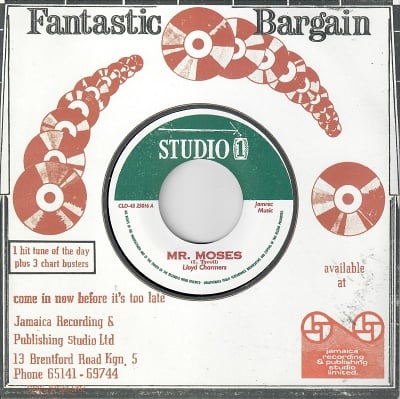

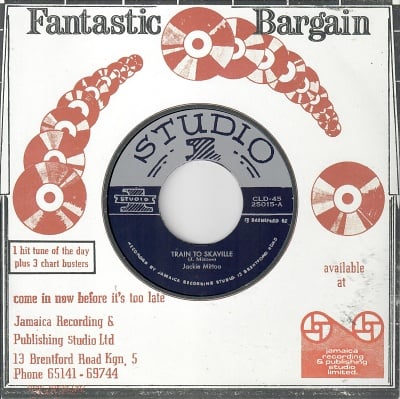



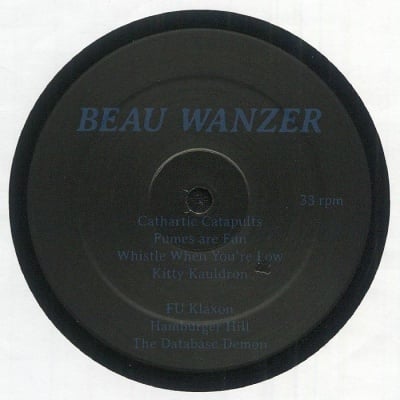
New Orleans On Parade Tourism and the Transformation of the Crescent City
Louisiana State University Press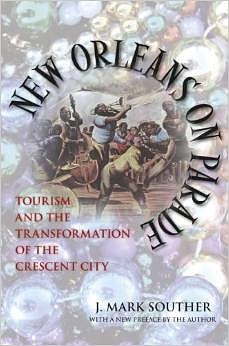
New Orleans on Parade tells the story of the Big Easy in the twentieth century. In this urban biography, J. Mark Souther explores the Crescent City's architecture, music, food and alcohol, folklore and spiritualism, Mardi Gras festivities, and illicit sex commerce in revealing how New Orleans became a city that parades itself to visitors and residents alike. Stagnant between the Civil War and World War II, period of great expansion nationally, New Orleans unintentionally preserved its distinctive physical appearance and culture. Though business, civic, and government leaders tried to pursue conventional modernization in the 1940s, competition from other Sunbelt cities as well as a national economic shift from production to consumption gradually led them to seize on tourism as the growth engine for future prosperity, giving rise to a veritable gumbo of sensory attractions.
- Rabbit Rumba – Nuestro Ayer
- El Noi – Labios Morenos
- Los Gitanos Polinais – En El Fondo Del Mar De Lima
- Antonio Gonzalez – Sarandonga
- Peret y Sus Gitanos – La Fiesta No Es Para Feos
- El Gitano Portugues – Fui A Bahia
- Maruja Garrido – Che Camino
- Juncal y Sus Calistros – Tequila
- Moncho y Su Wawanko Gitano – Orisa
- Peret y Sus Gitanos – Voy Voy
- Dolores Vargas – Anana Hip
- Chango – El Guapo
- Ramonet y Sus Rumberos – Bacalao Salao
- Lola Flores y Antonio Gonzalez – Meneito Men
- Dolores Vargas – A-Chi-Li-Pu
- El Noy – El Loco
- El Noi – Si, Compay
- Chacho y Sus Rumbas – El Pan y Los Dientes
- Maruja Garrido – Amaneci En Tus Brazos
- Antonio Gonzalez – Levantate
- 1. Rabbit Rumba – Nuestro Ayer
- 2. El Noi – Labios Morenos
- 3. Los Gitanos Polinais – En El Fondo Del Mar De Lima
- View full info and tracklisting
- 2xLP (Coloured Vinyl) + Download Code SJRLP275C£34.00Out of stock Notify me when in stock
- The Eloise Trio – Come To The Caribbean
- Cachao – Trombon Criollo
- Duke Of Iron – Bambouche
- Lucho Azcarraga – Tamboritos Panamenos
- Alfredito – Timbales
- King Scratch – Christmas Time In Nassau
- Guy De Rosier Orchestra – Panono M'Tombe
- Noro Morales Orchestra – Mississippi Mambo
- Peanuts Taylor – Nassau Blues
- Katherine Dunham Ensemble – Nago
- Hubert Porter – Rum and Coconut Water
- The Bay Street Boys – Donkey Wants Water
- Guy Du Rosier Orchestra – Anatole
- Sonny Burke Orchestra – West Indies
- Dioris Valladares – Los Dos Merengues
- Julio Gutierrez – Theme For Conga
- Hubert Porter – Mary's Lamb
- Count Lasha – Perseverance
- Tito Puente – Swingin' Mambo
- The Duke Of Iron – Fifty Cents
- Katherine Dunham Presents The Singing Gods – Maiz
- Fajardo y sus Estrellas – El Aguardiente
- The Eloise Trio – Anna Macao
- Lord Fly – Whai, Whai, Whai
- Gina Martin – Omo Belli
- Billo's Caracas Boys – Bombele
- King Scratch – Liza See Me Hear
- Cortijo – Con La Punta Del Pie Teresa
- The Calypso Steel-O-Rama Band – Java
- Super Ensemble Nemours Jean-Baptiste – Rinmin Ce Folie
- Lord Lebby – Dr. Kinsey Report
- Celia Cruz – Yembe Laroco
- 1. The Eloise Trio – Come To The Caribbean
- 2. Cachao – Trombon Criollo
- 3. Duke Of Iron – Bambouche
- View full info and tracklisting
- 2×LP Vol.1 SJRLP2901£26.00In stockAdd to Bag
- 2×LP Vol.2 SJRLP2902£26.00In stockAdd to Bag
- Deluxe 2×CD SJRCD290£13.00In stockAdd to Bag
- MP3 Release SJRD290£9.99In stockAdd to Bag
- Howlin' Wolf – Evil
- Bo Diddley – Another Sugar Daddy
- Etta James – Tell Mama
- The Stereos – Stereo Freeze
- The Soulful Strings – Burning Spear
- Ramsey Lewis – Party Time
- Eve Barnum – Please Newsboy
- Dorothy Ashby – Soul Vibrations
- Little Milton – More And More
- Lorez Alexandria – Baltimore Oriole
- The Soul Stirrers – Why Am I Treated So Bad
- Phil Upchurch – The Way I Feel
- Buddy Guy – She Suits Me To A Tee
- Rotary Connection – Memory Band
- Etta James – You Got It
- Muddy Waters – I Just Want To Make Love To You
- Laura Lee – Mama's Got A Good Thing
- Sonny Cox – The Wailer
- Gene Chandler – In My Body's House
- Fontella Bass – Leave It In The Hands Of Love
- 1. Howlin' Wolf – Evil
- 2. Bo Diddley – Another Sugar Daddy
- 3. Etta James – Tell Mama
- View full info and tracklisting
- 2×LP SJRLP93£23.00Out of stock Notify me when in stock
- Original LP£25.00Vinyl condition: VG+Sleeve condition: VG+Sold out Notify me when in stock
- CD CDBGPM283£8.99Out of stock Notify me when in stock
- – Calypso Tent: Carnival
- 2. – Calypso Tent: Carnival
- View full info and tracklisting
- CD COOK01072£10.99Out of stock Notify me when in stock
- Book (1kg) 9781887366878£30.00In stockAdd to Bag
- Horace Andy – See A Man's Face
- Cedric Im Brooks and Count Ossie – Right On Rasta
- Prince Jazzbo – Jah Dread
- Myrna Hague – What About Me
- Michigan & Smiley – Time To Be Happy
- The Wailing Souls – Stick Together
- Sugar Minott – Have No Fear
- Judah Eskender Tafari – Just Another Day
- Dillinger – Chuky Skank
- Freddie McGregor – Bredda Labba Labba
- Frankie Wilmoth – Stay With Me
- Johnny Osbourne – People A Watch Me
- The Gladiators – Tribulation
- The Heptones – Hard To Confess
- Lone Ranger – Fish Tea
- Jennifer Lara – Ain't No Love
- The Willows – Send Another Moses
- The Gaylads & The Brentford Set – Joy In The Morning
- 1. Horace Andy – See A Man's Face
- 2. Cedric Im Brooks and Count Ossie – Right On Rasta
- 3. Prince Jazzbo – Jah Dread
- View full info and tracklisting
- New 2×LP SJRLP326£28.00Out of stock Notify me when in stock
- CD SJRCD326£12.00In stockAdd to Bag
- MP3 Release SJRD326£9.99In stockAdd to Bag
